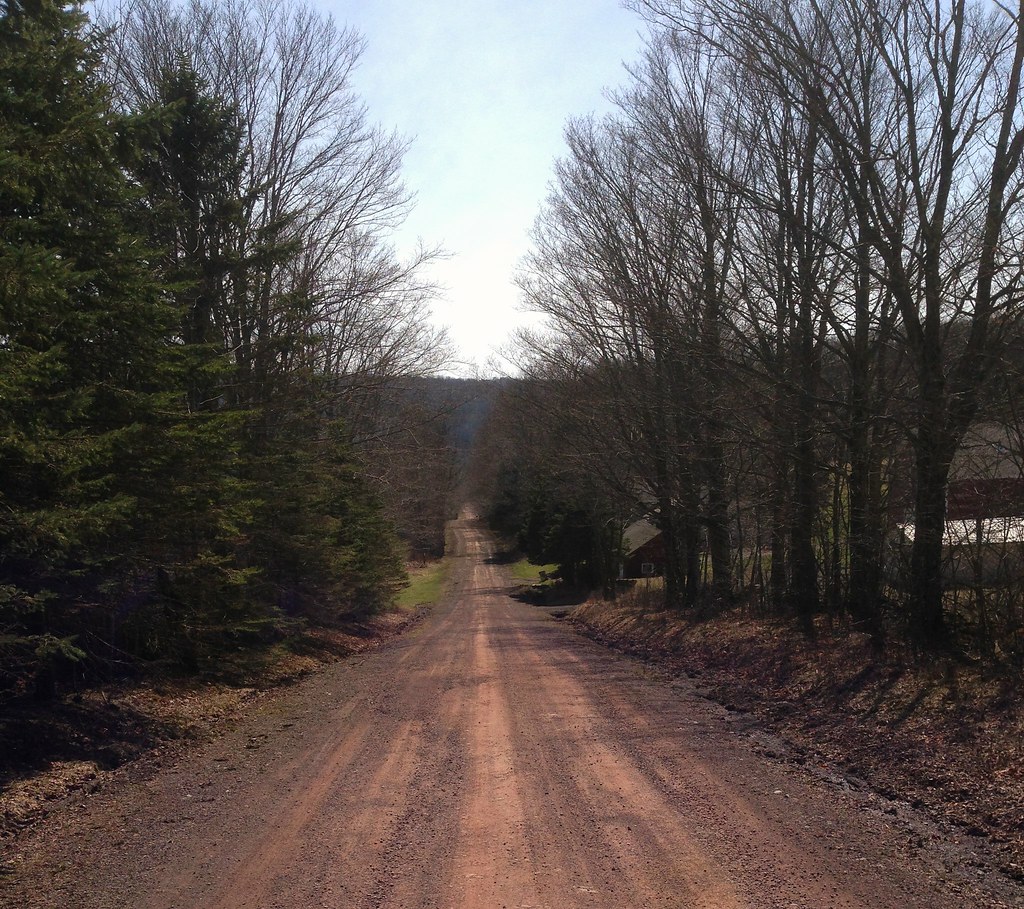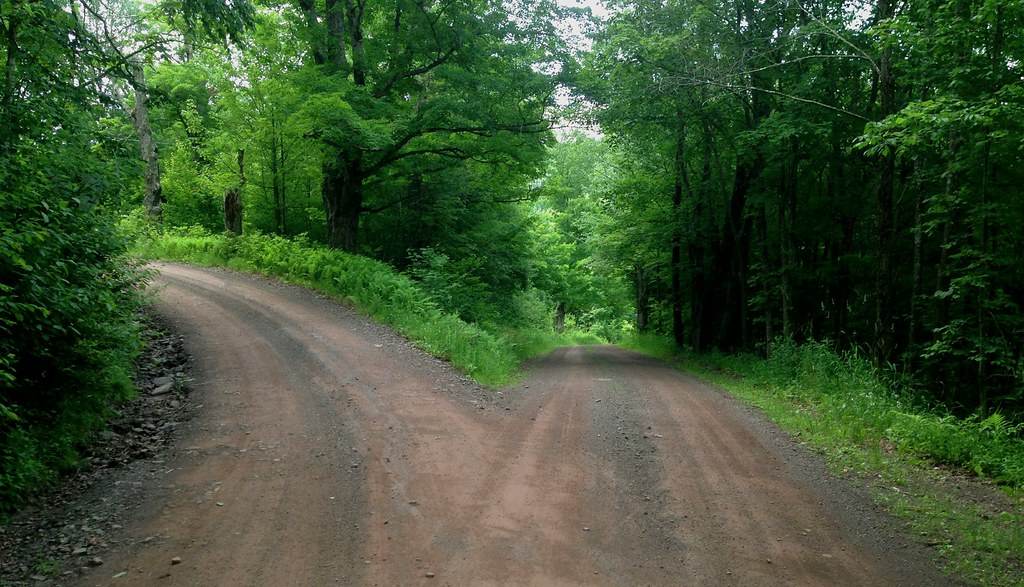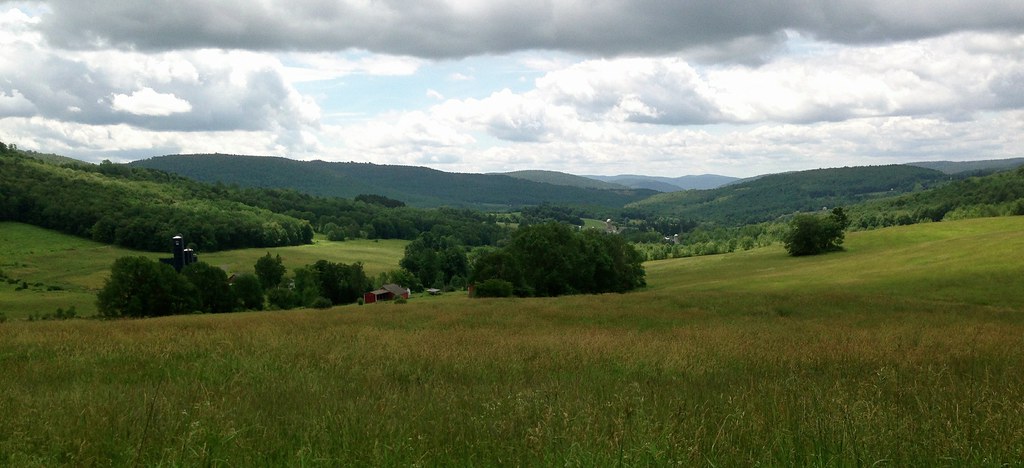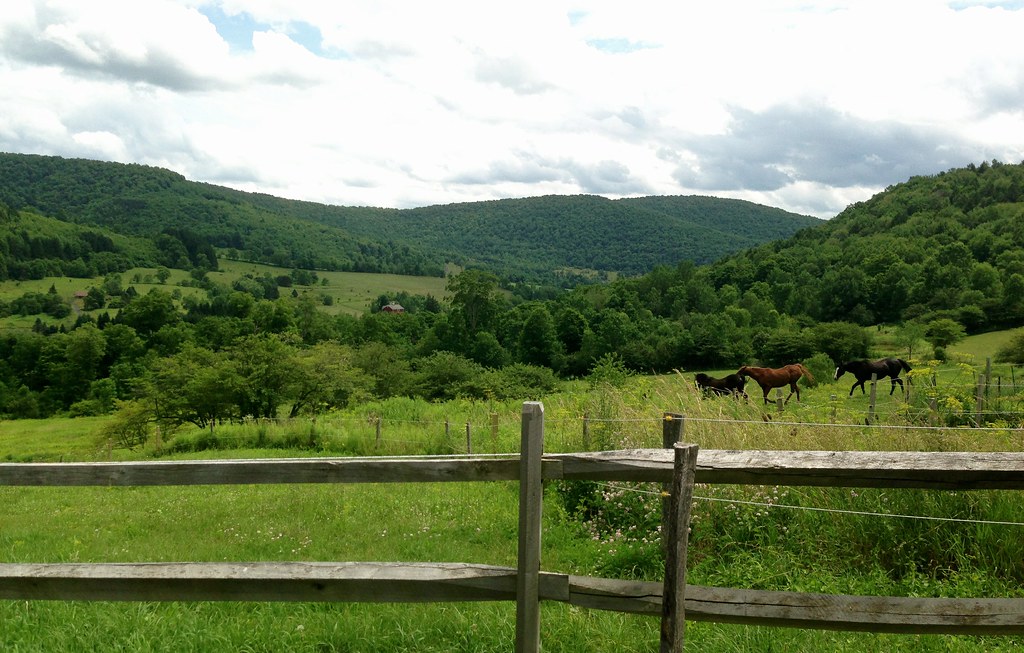In what’s becoming an annual ritual, we grabbed the kids out of school a couple of days before school was officially out (our district’s school year ends late compared to most), loaded up the car until the suspension protested and sagged, and headed for the hills. For the past few years we’ve done this the weather has been perfect for ushering in summer– warm and sunny, green and lush. This year was no exception.
Building on my previous loops around my summer home, I set out on my most ambitious Catskills ride yet. I had planned it for months. I mapped out a 150k loop that would take in my favorite roads from previous, shorter loops, while exploring a few new ones. It would take in three covered bridges, 70k of dirt roads, seven major climbs, and it would have strategically placed rest stops at well-spaced intervals to enjoy excellent food in pleasant, rustic village settings.
Alas, that plan got derailed midway into the ride, but I still managed to make this my longest Catskills ride yet, at 116k, or 73 miles, with 6500 feet of elevation gain. And it was still an amazing ride, the kind that resonates in my mind for days after and keeps me yearning to come back for more (which, thankfully, will happen soon… I’m returning in August).
I started out from my house atop a steep hill in Bloomville, and within five minutes I was bombing down the first of many 40+ mph descents, a speed easily attainable on most of the descents around here since I’ve switched to the new Compass Babyshoe Pass “Extralight” 650x42B tires. These are the third 650B tires I’ve experienced, and clearly the fastest. Highly recommended!

From Bloomville, I headed onto the Catskill Scenic Trail–one of the common launching points for my Delaware County rides–for a short mile, getting off at Kiff Brook Road via the tractor path shortcut off the trail. First climb of the ride.


Onto MacArthur Hill Road, past the former one-room schoolhouse-turned-private residence, past the Alpaca farm, onto a couple more dirt roads before the rapid descent down Braehead Road into Doonan’s Corners.
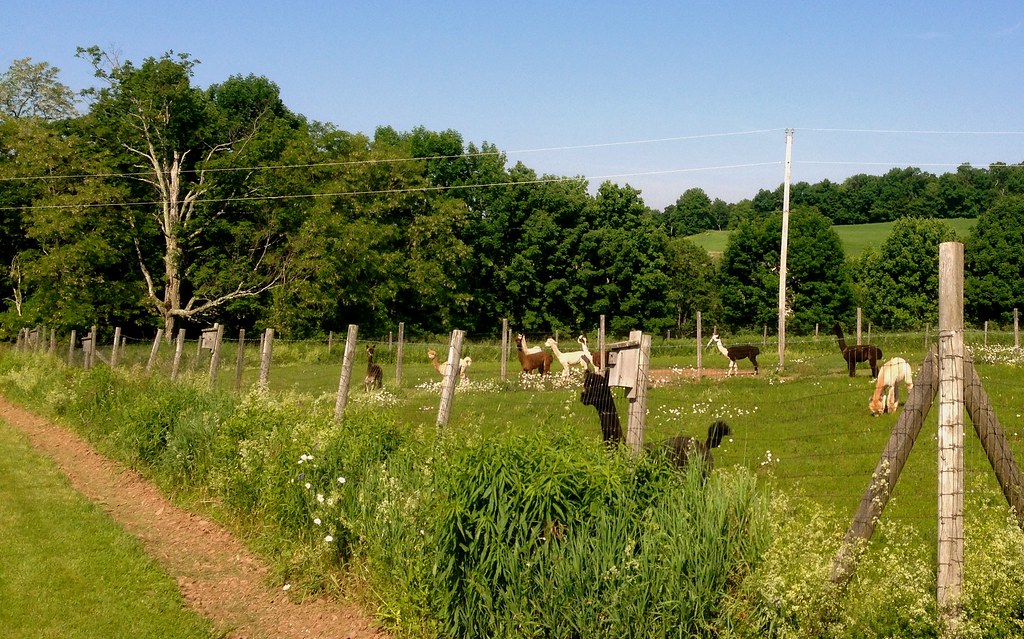

From Doonan’s Corners, the next climb is Turnpike Road, another favorite road with some spectacular views.

Turnpike Road takes me down into West Kortright and Meredith, with another steep climb up Ehlermann Rd before a deliciously steady and continuous four mile descent down Houghtaling Road, a dirt road I hadn’t yet ridden (John F had, in his Delaware 85 ride from last year).



Dirt roads are common here, but 4-way dirt intersections are less so.

I wonder how long this VW microbus has been here?

Dilapidated farm structures, vestiges of a dried up dairy economy, are iconic around here.

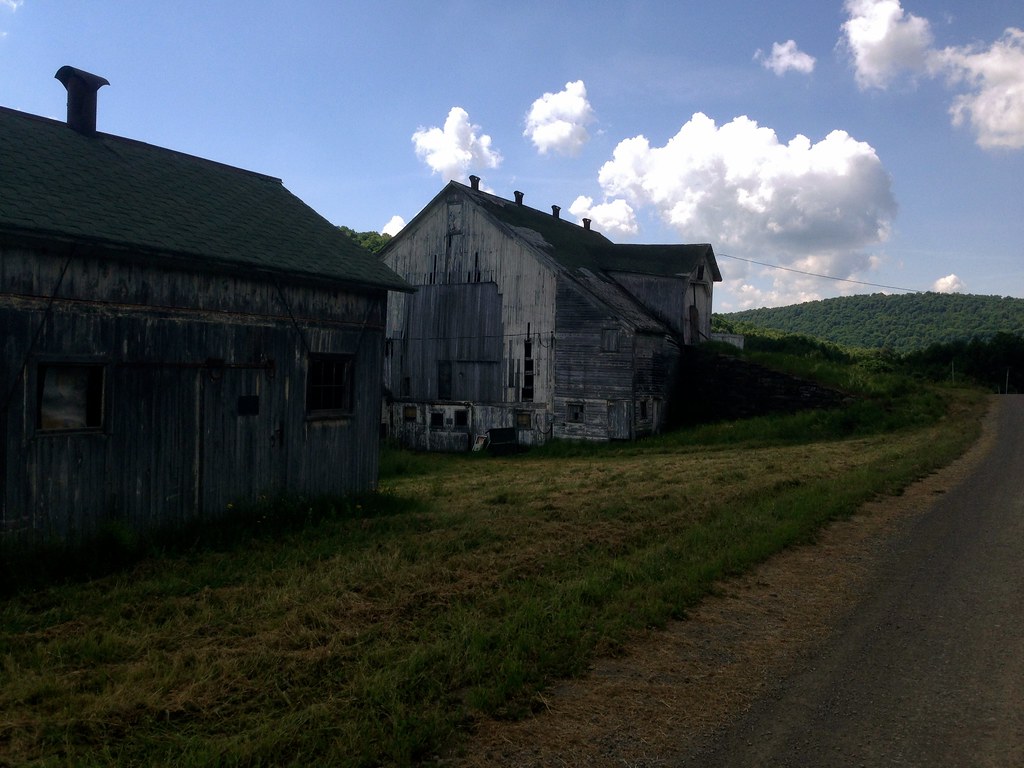
One more steep climb up Warner Hill Road before descending into Treadwell, a tiny village I discovered last year and fell in love with.

One of the things I love about Treadwell is its charming old general store, where I’ve gotten lunch before (I mentioned Barlow’s in my Columbus Day ride report from last year). To my dismay, they were closed! This was the first of several setbacks leading to the shortening of my planned route… I had a limited amount of food with me and had planned on stopping. Not a big deal, yet, but I did need to refill my water bottles. Across the street I spotted a sweet old 19th century neoclassical building with intriguing sculptures in the yard. The front doors were swung open invitingly, and I noticed the unassuming sign propped up against the mailbox post: “Art Gallery Open”. Great! I could stop in, look around, and get my water bottles refilled.


Upon entering, I was blown away by the prolific collection of sculpture and paintings. A magazine stand filled with years of newspaper clippings, essays and photocopied reviews of the artist’s work revealed him to be Joe Kurhajec, an internationally renowned sculptor who’s lived in Treadwell for 43 years. Here’s a YouTube interview with him, and his work will be on exhibit at the West Kortright Centre from July 18-August 25.

After a chat with Mr. Kurhajec, I was back on my way, heading up the hill to an area known as Arabia, with stunning mountaintop views.

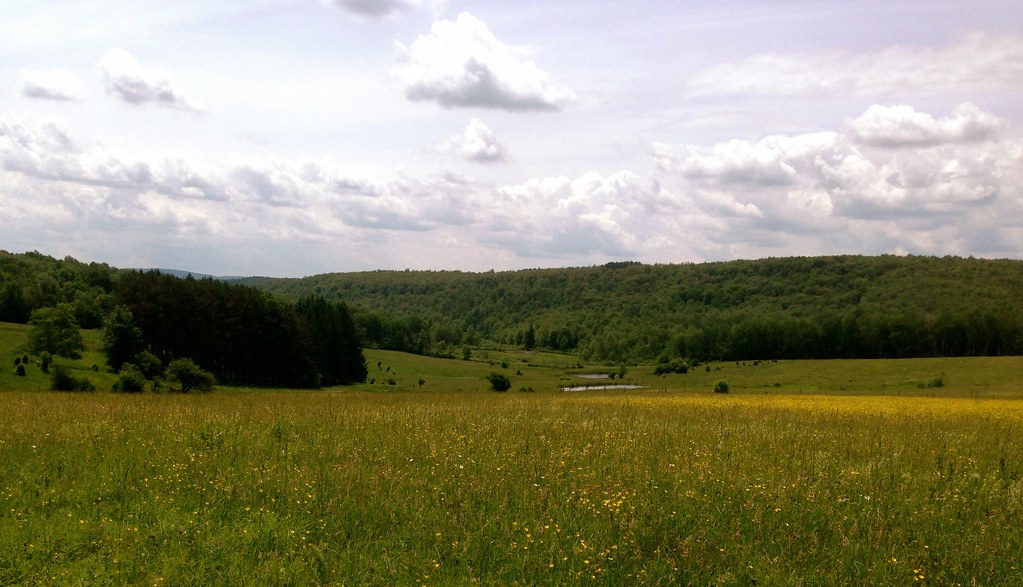
At the top, Douglas Hall Road ends, and Ridge Road, a narrow dirt road, follows the ridge along the top of the hill for miles.


This is where the second setback occurred. Road crews were rebuilding the road, dumping truckloads of fresh dirt down before grading and compacting. The un-compacted dirt was several inches thick, and too difficult to pedal through with the fine tire treads of the Compass tires– knobbies or cyclocross tires would have been more appropriate here. One of the men yelled to another, “Hey, there’s a guy on a BIKE over there. You think he rode up the mountain?!” I yelled back that I had, but that my tires weren’t optimized for soft dirt, and how far down the road did the fresh dirt extend? 1/2 mile, he replied, and I decided I didn’t want to schlep it. The next stop would be Hamden, with a farm store/cafe I could stop in for food, but now I’d have to detour.

Fortuitously, the road work started at an intersection with Gray Road, another dirt road I hadn’t been on, but which had been on my radar for awhile. Gray Road would be my detour to Hamden, although it would eventually lead me to Route 10 closer to Delhi. I’d have to ride on Route 10 for four miles back to Hamden–much less desirable than the planned route along Ridge Road to Launt Hollow Road, which would whisk me down five miles of smooth pavement all the way down to Hamden, avoiding the highway. Route 10 is hostile to cycling. A major 55-mph highway through the northern Catskills, it sees lots of truck traffic, and the shoulders are usually in rough shape, sections of which are completely unridable. Fist-sized chunks of broken asphalt litter the crumbling shoulder. When you see that fully laden logging truck fast approaching in your helmet-mounted rear-view, the idea of ‘taking the lane‘ is not very appealing! (I conjured this image a few minutes before arriving at Route 10, and sure enough– within a minute of turning onto 10, a loaded logging truck came barreling down the road, albeit in the opposite direction.)
As I approached Route 10 between Delhi and Hamden, I realized the third setback of the day, the coup de grâce to my original route plan– I had forgotten my cash and credit card at home! No chance of stopping for food in Hamden, or Delhi, or anywhere for that matter. With only 41 miles covered, I’d have another 53 to go with only one Clif bar left. So instead of heading west toward Hamden, I detoured east to Delhi on Route 10, in the direction of my home, cutting 35 miles off the route. If I felt up to it, I could add another loop closer to home to recoup some of the lost miles.
I stopped in Delhi to refill my water bottles again, and to finish my last Clif bar. Delhi has some wonderful old store fronts, like their beloved Dubben Bros. Hardware, chock full from floor to ceiling with vintage artifacts and ephemera:


Past Main Street, Delhi, I continued on the flat Back River Road and past Fitch’s Bridge, toward Bloomville (at least I got one of the three planned covered bridges in this ride!)


Re-energized by the last Clif bar, I felt I could take on another loop before heading up the last climb back to my house. So before Bloomville, I turned onto Bramley Mountain Road to cross the mountain to Bovina. This would give me some more lovely dirt roads and another 15 miles– a fair compromise between the original 94 miles and the abbreviated 58. I’ve written about Bovina before, so I’ll just show you some of the delightful views I enjoyed from this loop:



Pink Road provides a really smooth, fast descent back into Bloomville (before I have to tackle the final climb to my house). Thanks to the Compass tires (a stable bike helps, too), I hit a new personal speed record of 49 mph!

In all, the route clocked in at 73 miles with 6500 feet of elevation gain. Although a big chunk of my planned route got deleted (I’ll reattempt the full 150k version in August), the ride was nonetheless magical. The only highway segment was the short Route 10 detour to Delhi, and despite the heavy traffic and dicey shoulder maneuvering, the views were still sublime.
Detoured route, including the additional Bovina loop. Food stops are indicated. Dirt segments are shown in green:

–Anton


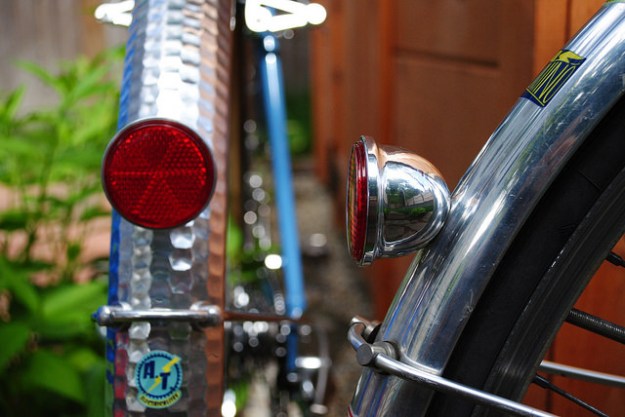
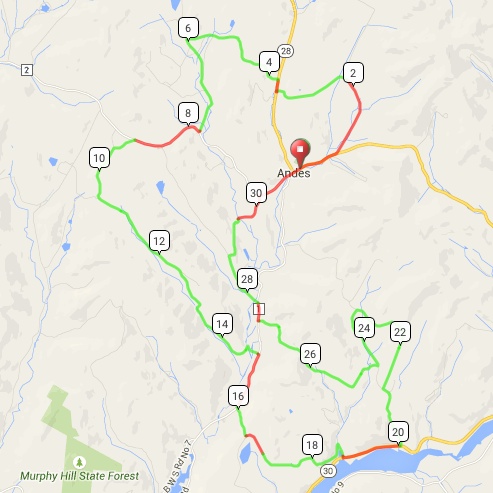
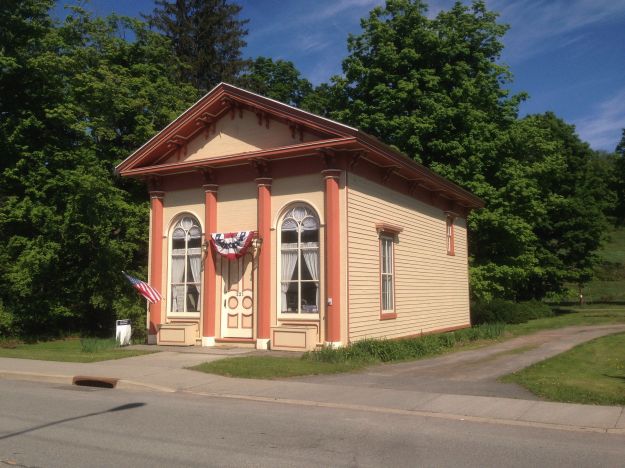



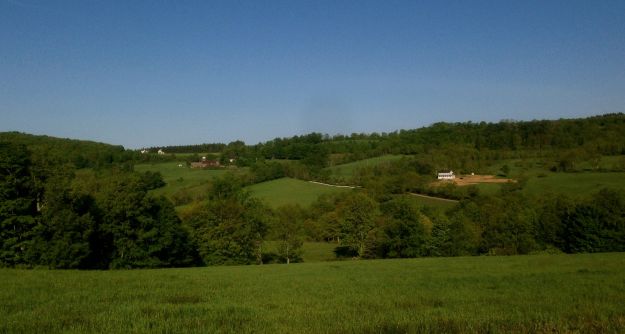







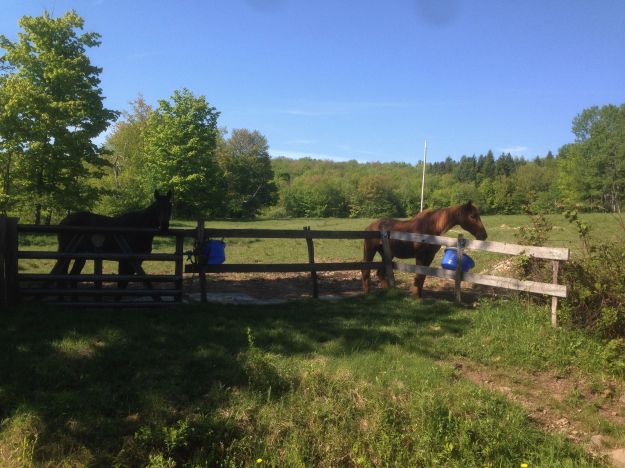




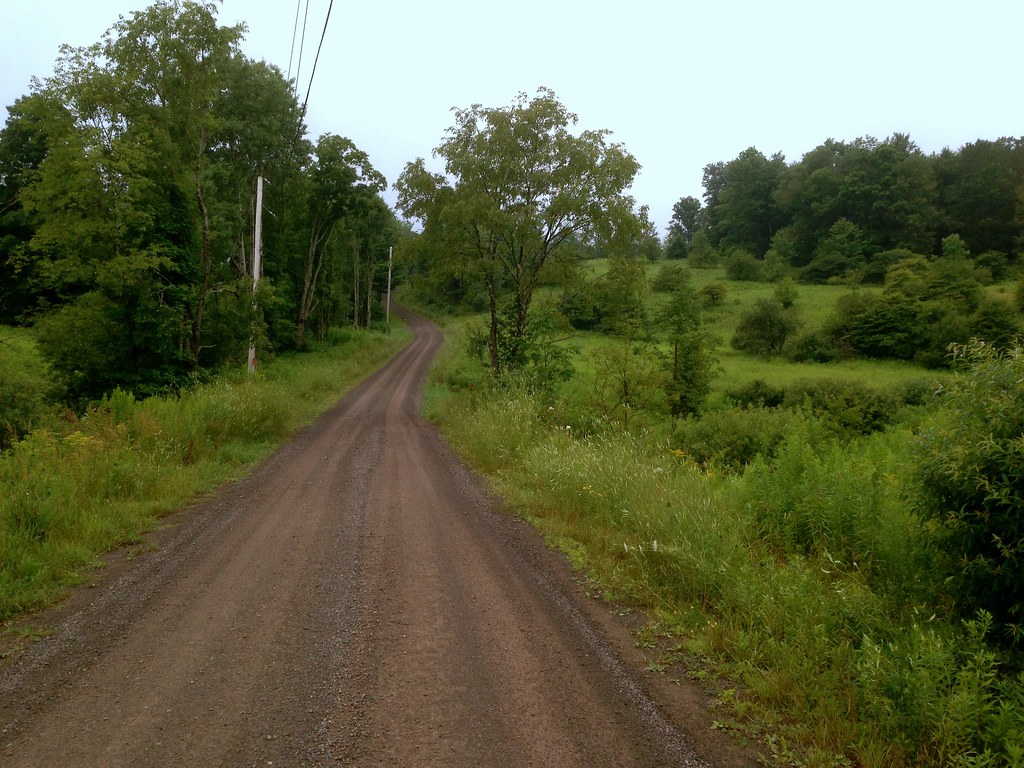

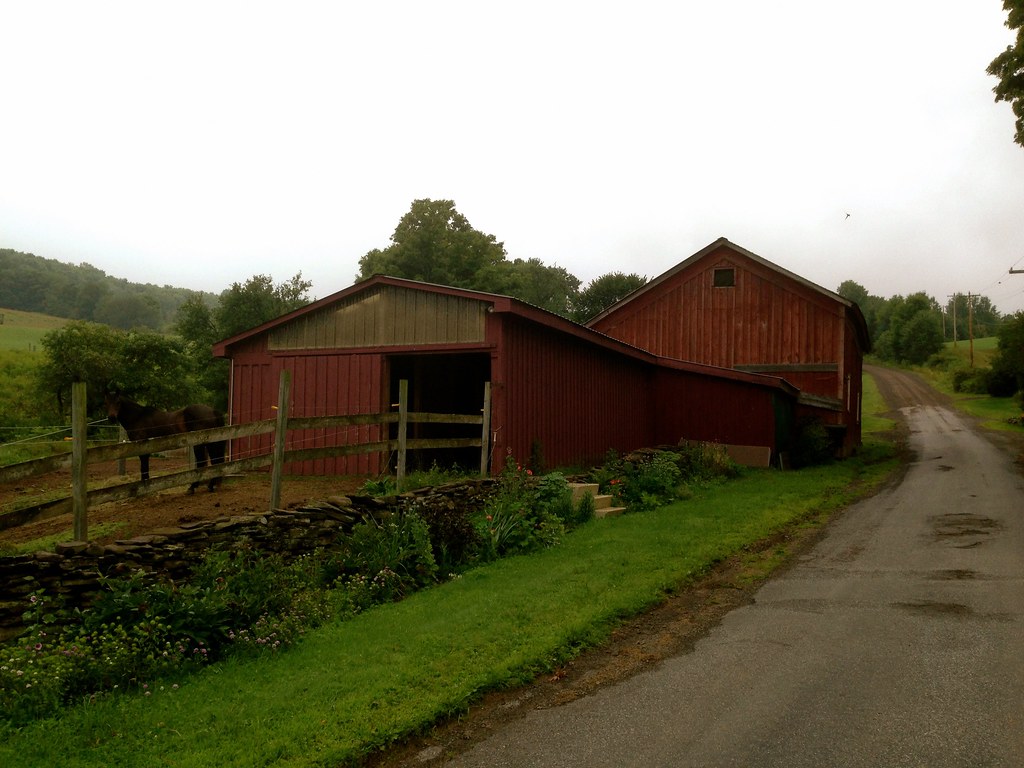

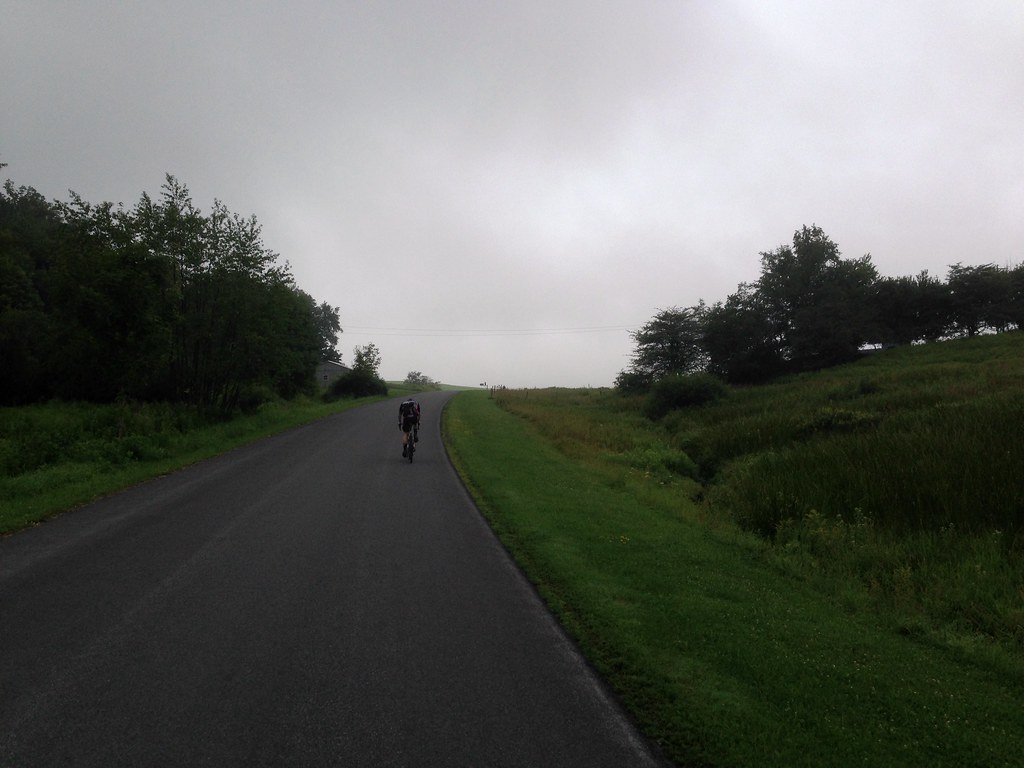
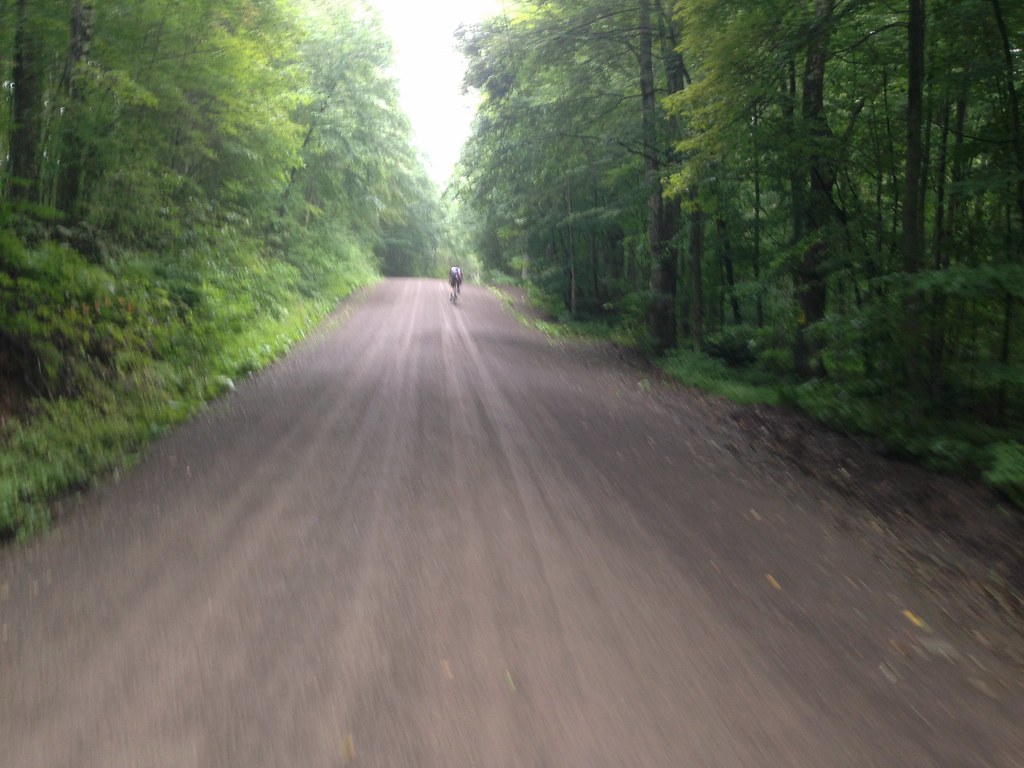
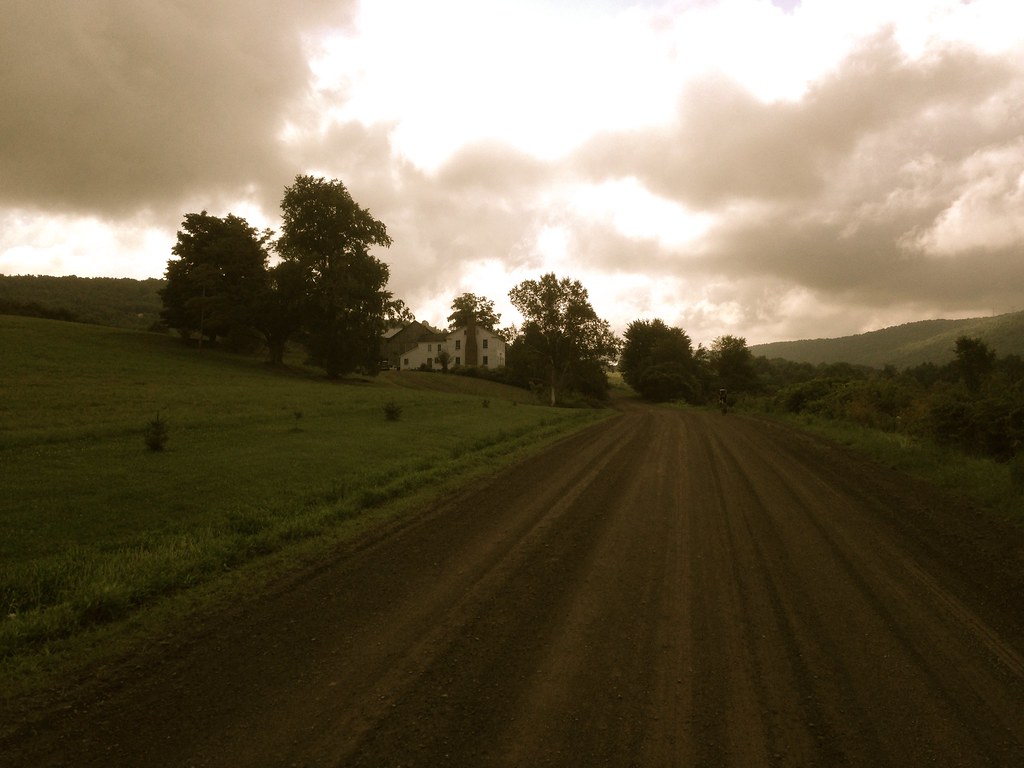

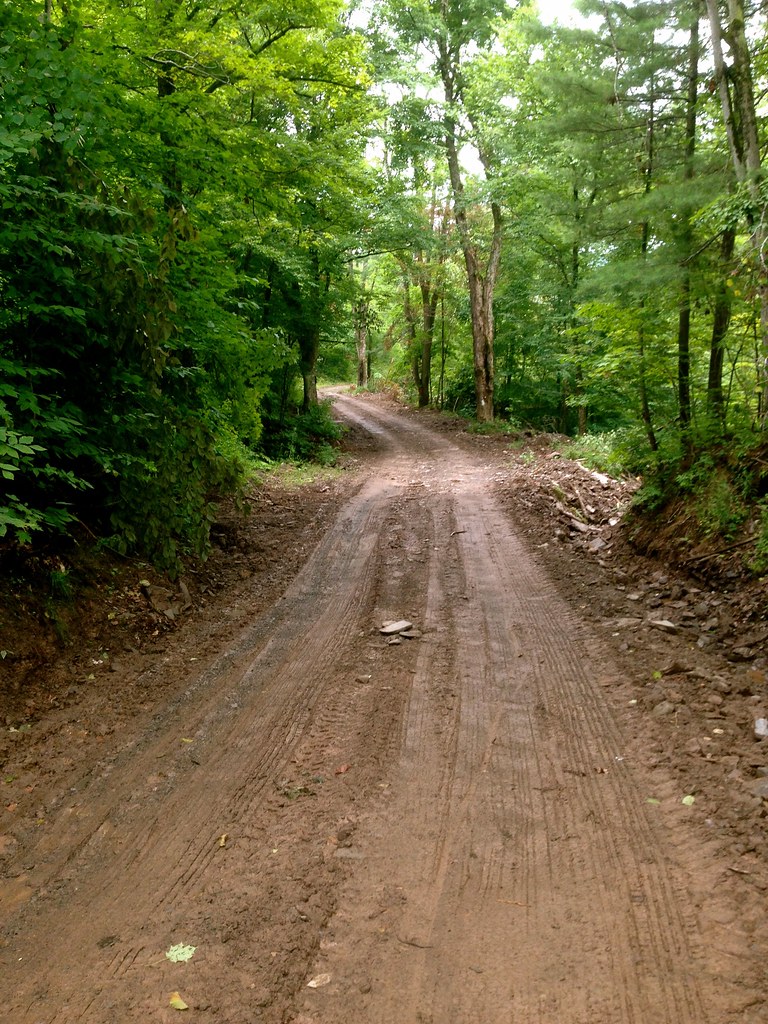
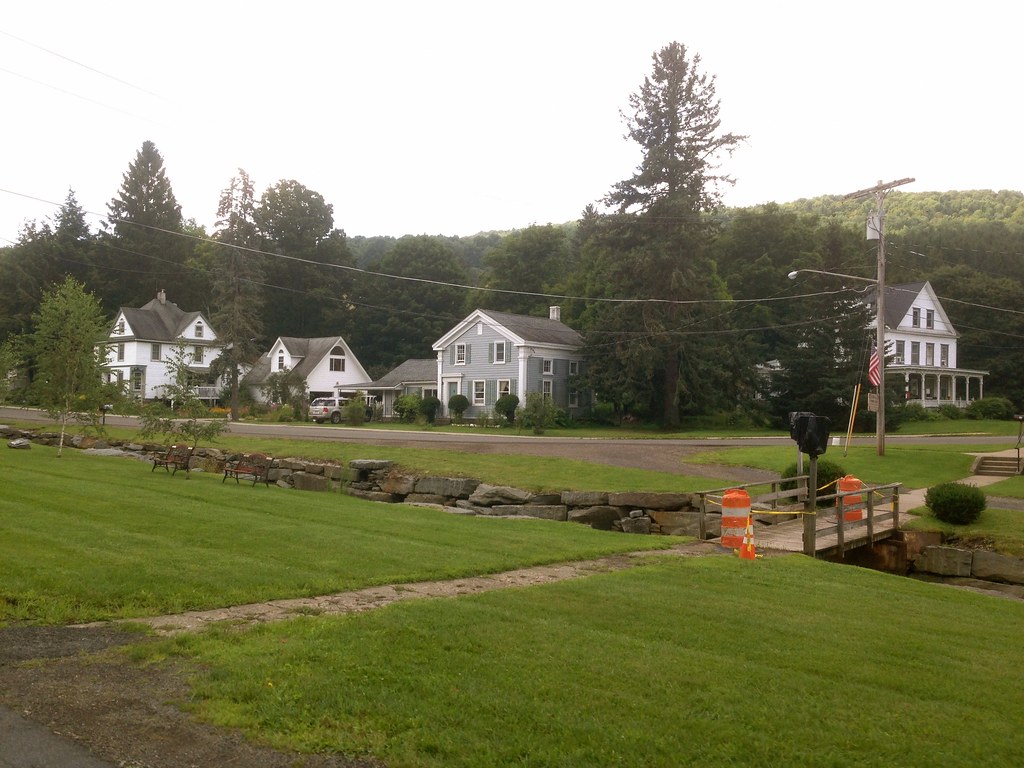

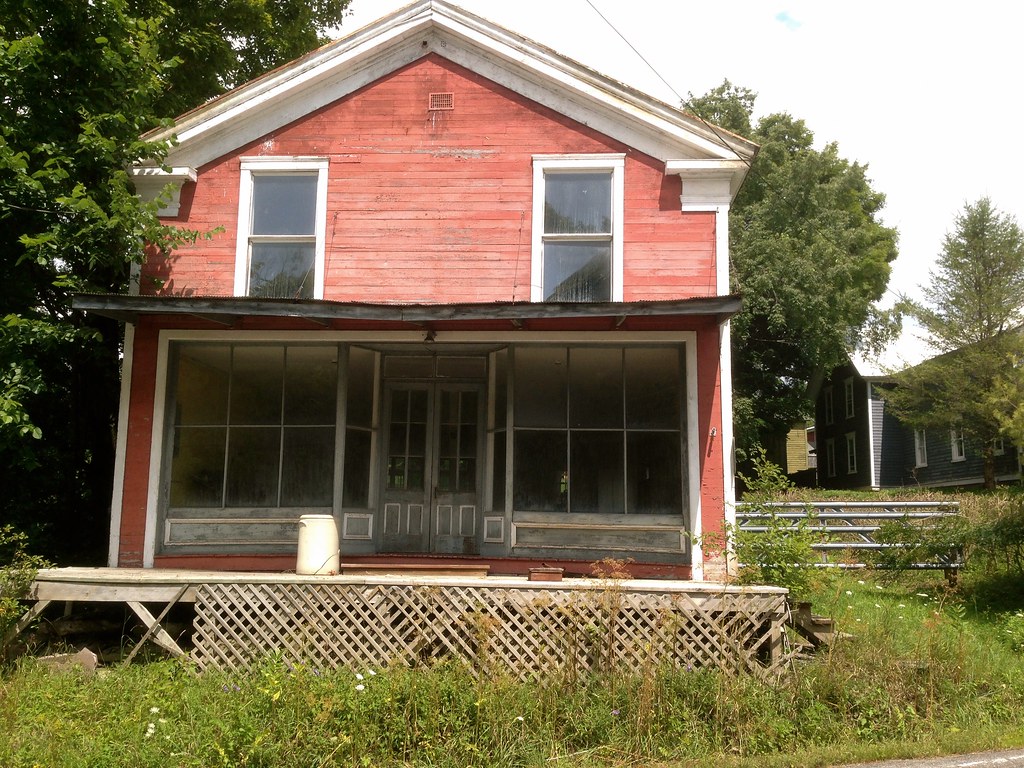
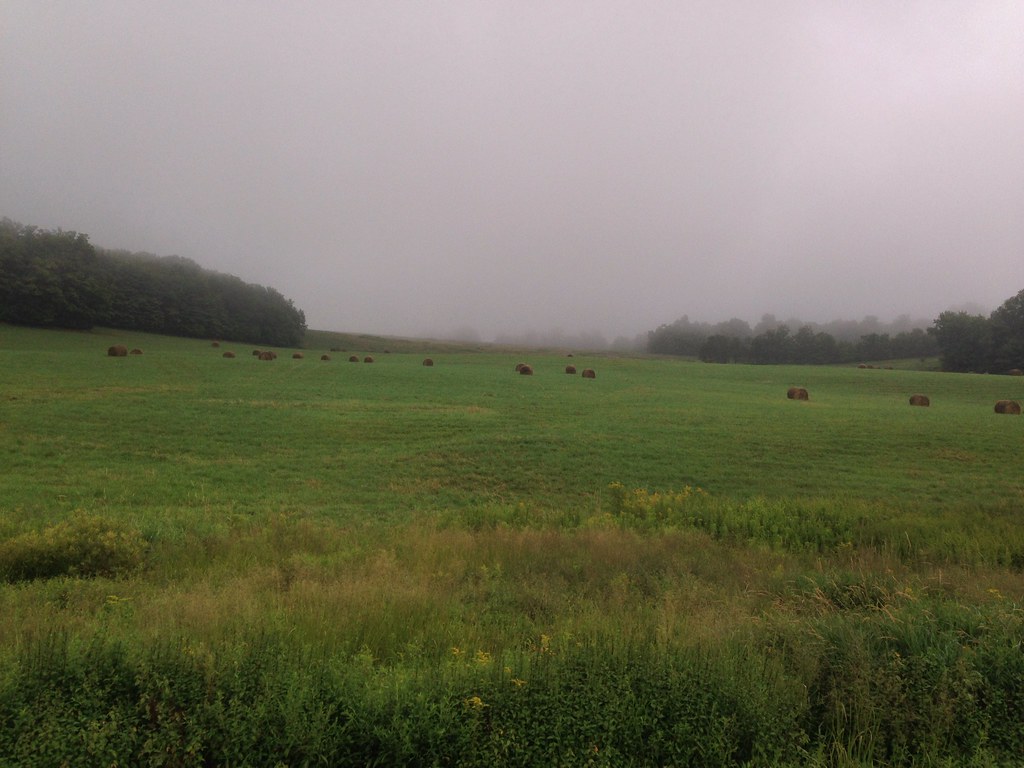
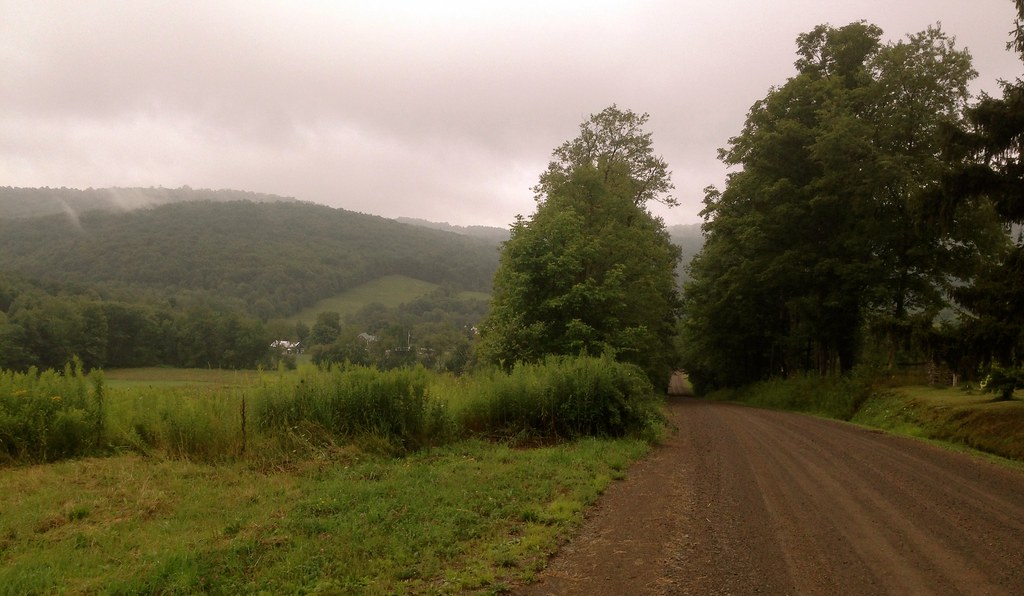
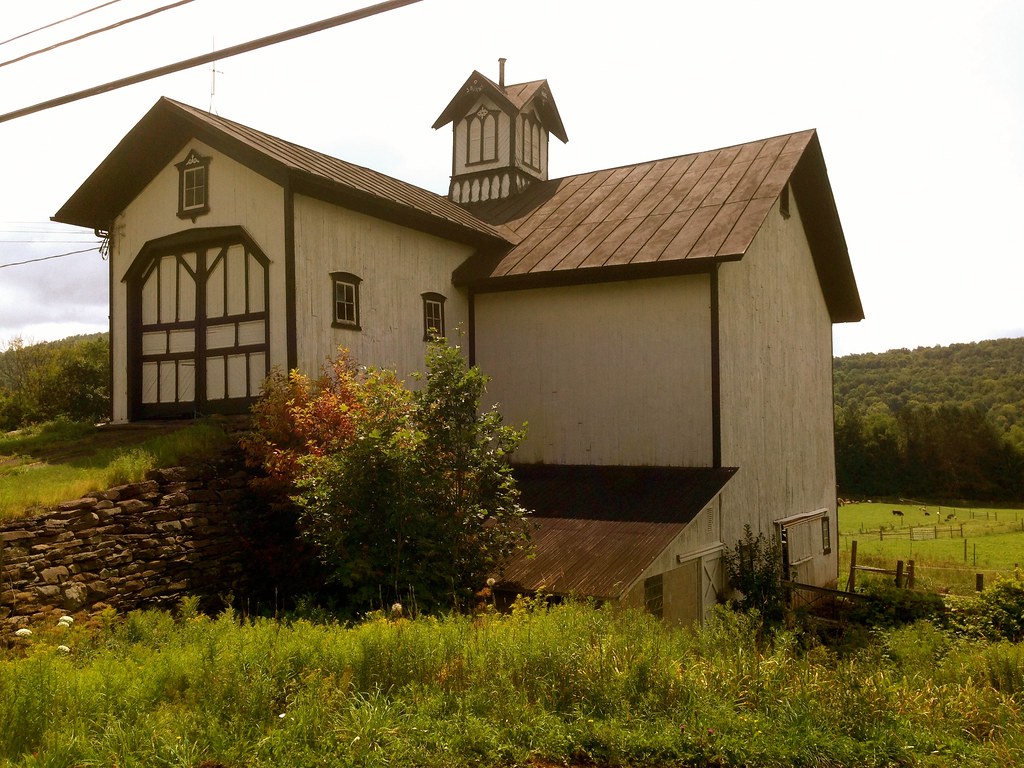
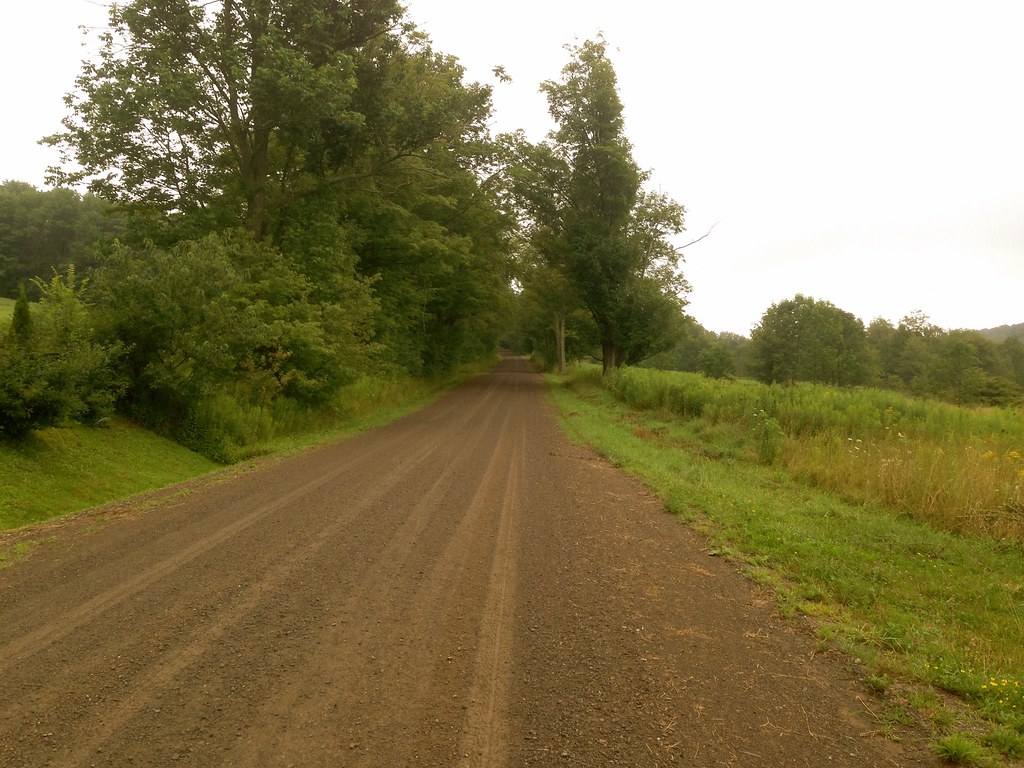
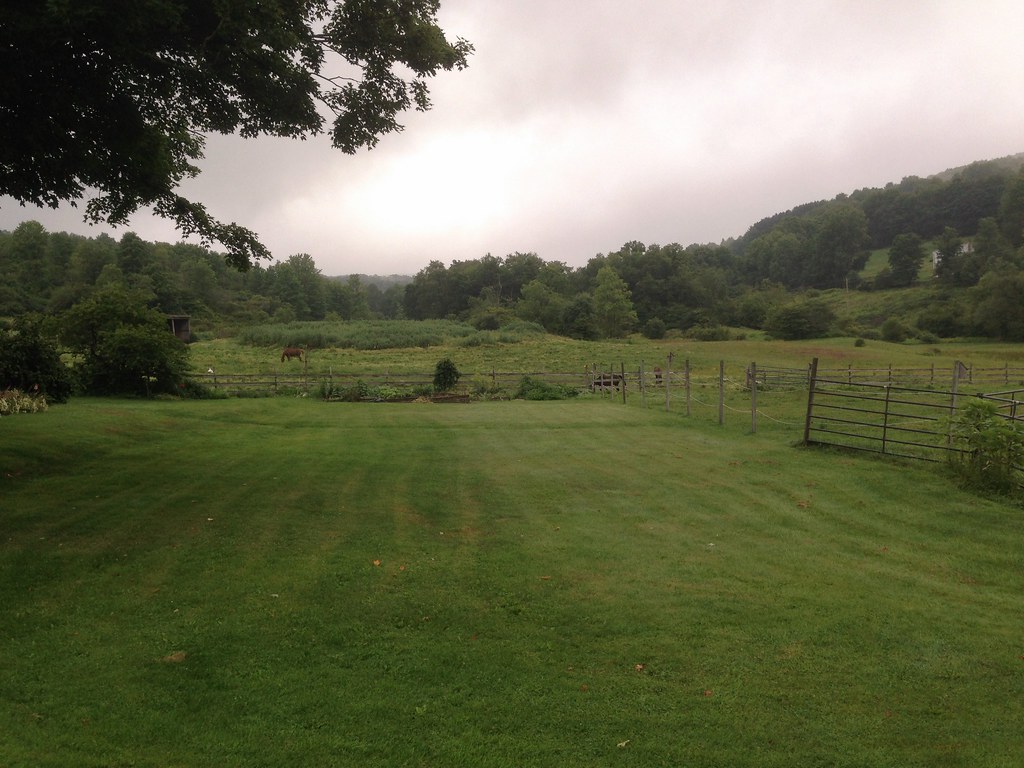
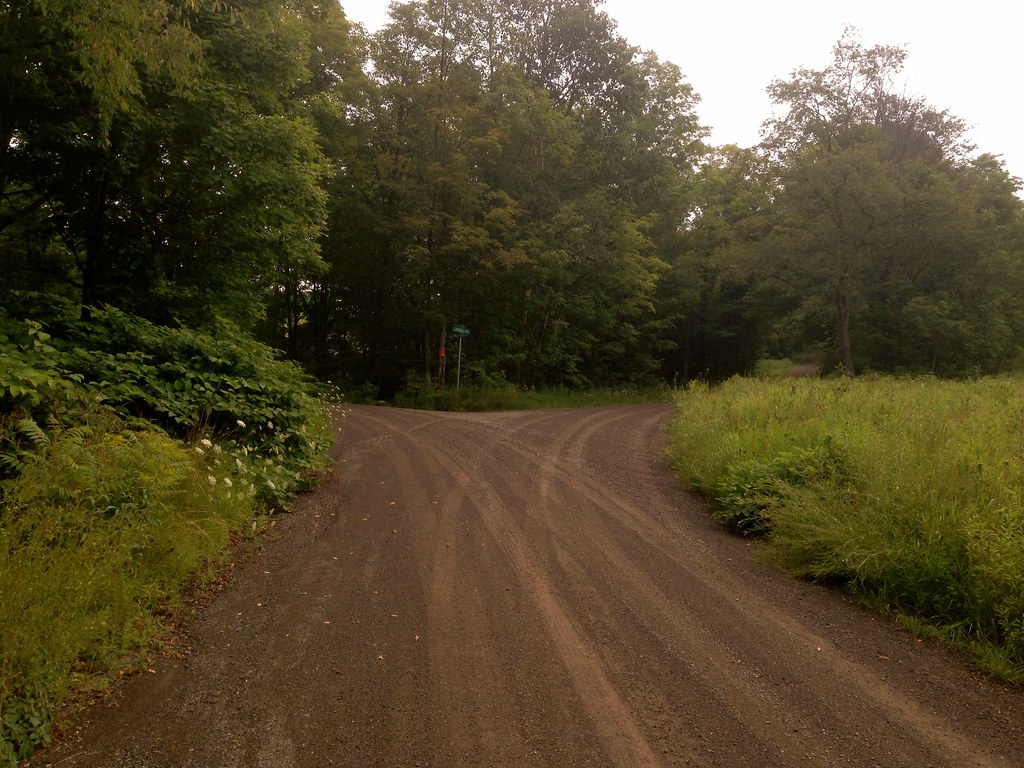














































 From the Pepacton, there’s no way to get back to Bloomville without going over another mountain with at least one cat 3 climb. For the return I took Huntley Hollow Rd to Fall Clove Rd to Maggie Hoag Rd– each of these roads is a milder climb than Basin Clove Rd, but the first two still qualify separately as cat 3 climbs and collectively the three roads accounted for 2/3 of the total climbing, in just 1/3 the total distance of the route.
From the Pepacton, there’s no way to get back to Bloomville without going over another mountain with at least one cat 3 climb. For the return I took Huntley Hollow Rd to Fall Clove Rd to Maggie Hoag Rd– each of these roads is a milder climb than Basin Clove Rd, but the first two still qualify separately as cat 3 climbs and collectively the three roads accounted for 2/3 of the total climbing, in just 1/3 the total distance of the route.
